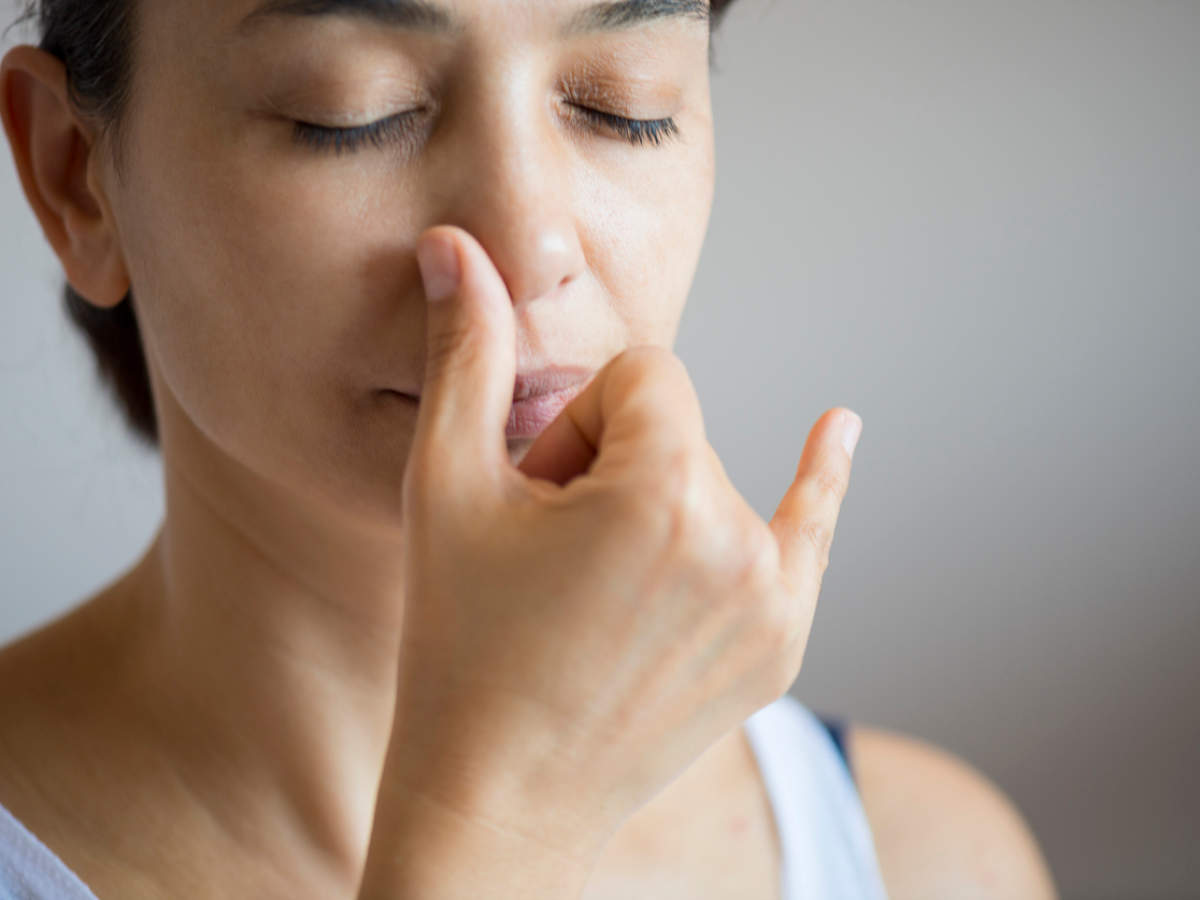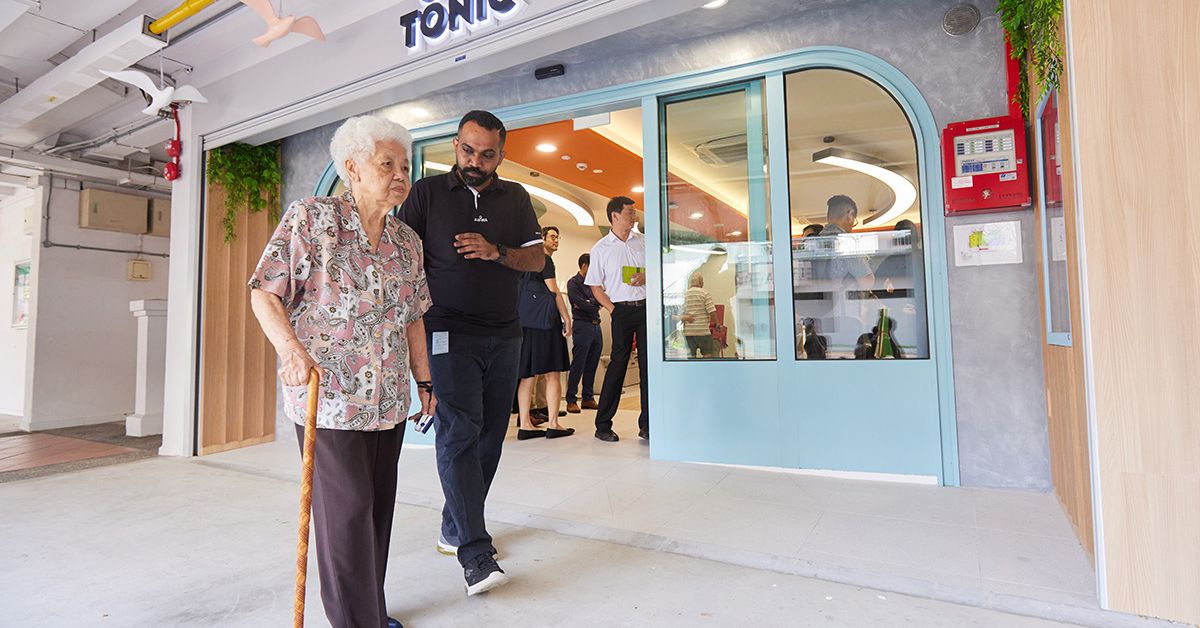Divine Info About How To Treat Breathlessness

Sudden shortness of breath, or breathing difficulty (dyspnoea), is the most common reason for visiting a hospital accident and emergency.
How to treat breathlessness. Shortness of breath: Coping with shortness of breath. For example, if dyspnea is caused by pleural effusion, draining fluid from inside the chest can reduce.
It is a symptom of many conditions that. Shortness of breath. By tapping into your body’s innate ability to calm itself, you can ward off stress symptoms before they strike.
Breathlessness is a common condition that is often undermanaged and distressing for patients. Treatment prevention specific groups outlook dyspnea is the medical term for difficulty breathing or shortness of breath. If you have new shortness of breath, call 911.
To perform this breathing style, first, sit comfortably and relax your body. Sit on a chair with your arms folded. Intense exercise or having a cold can also make you feel breathless.
Dyspnea is treated by addressing the underlying disease or condition. During times of stress, we often sense our heart racing, jaw. So oxygen is only suitable for people who are breathless because of low oxygen levels in the blood.
Few sensations are as frightening as not being able to get enough air. Put one hand on your chest and the other on your stomach. Close your eyes to help you relax and focus on your breathing.
Cough two to three times through a slightly open. If you have another health condition that makes you more likely to get seriously ill and you have a fever or cough, call your doctor. Breathing while involving your diaphragms is helpful in dyspnea management.
It helps quickly slow your pace of breathing, which makes each breath deeper and more effective. However, the use of drugs to treat breathlessness is sometimes limited as they entail adverse effects and doses need to be titrated carefully. Medical home information & support heart matters magazine medical shortness of breath shortness of breath:
There are things that you can do to prevent or reduce breathlessness and these include coping strategies, breathing and relaxation techniques. This includes finding comfortable positions which ease breathlessness, breathing exercises and tips to use when walking, eating and drinking or when feeling. Learning to control your breath may relieve precompetition jitters, improve endurance, boost accuracy and more.
If you’re very short of breath after exercising, you should seek medical help. What are paroxysmal nocturnal dyspnea (pnd) and sighing dyspnea? Oxygen is used to help with low oxygen levels, not to treat breathlessness.














![13 Home Remedies for Shortness of Breath [Infographic]](https://homeremedybook.com/wp-content/uploads/2018/09/shortness-of-breath-remedies.jpg)



